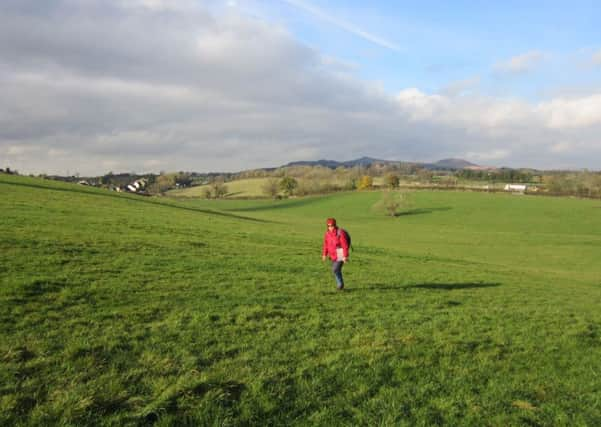Walking: A chance to sample some new ground


The quiet community of Embsay, nestling below the southern edge of Barden Moor, was recorded in the Domesday Book of 1086 as King’s land, but before the century was out it was in the hands of Robert de Romille, the first Norman Lord of Skipton, who built the original Skipton Castle.
In 1120, Augustinian canons established a priory at Embsay on land presented to them by Cecilia de Romille, heiress daughter of Robert. In 1154, after 30 years of struggle trying to reclaim land for cultivation from the barren moors, the impoverished canons appealed to their benefactress for help and were offered greener pastures by the banks of the Wharfe four miles to the east and, thus, Bolton Priory came into being.
Advertisement
Hide AdAdvertisement
Hide AdThe original priory at Embsay was sited on the north-eastern edge of the village where a house called Embsay Kirk is now to be found.
Embsay remained an agricultural backwater for some 700 years until prosperity finally arrived in the shape of the Industrial Revolution. The village acquired no less than six textile mills employing hundreds of workers in the mid-19th century.
Today, the village’s big attraction is the Embsay Steam Railway which operates along three miles of track to Bolton Abbey using a stretch of the old Ilkley-Skipton line which closed in 1968.